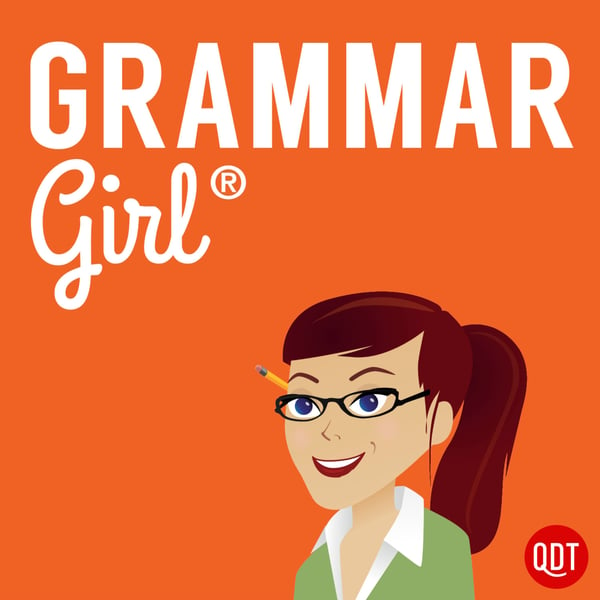Where did our language start?
Grammar Girl Quick and Dirty Tips for Better Writing
Mignon Fogarty, Inc.
4.5 • 2.9K Ratings
🗓️ 5 March 2024
⏱️ 22 minutes
🧾️ Download transcript
Summary
Transcript
Click on a timestamp to play from that location
| 0:00.0 | Grammar Girl here, I'm Mignon Focherty, your friendly guide to the English language. |
| 0:10.6 | We talk about writing, history, rules, and other cool stuff. |
| 0:15.0 | This week I have one long fascinating piece about the origin of many of the world's languages |
| 0:20.7 | and how they're related to each other. |
| 0:23.0 | Almost half of all people in the world today speak an Indo-European language, |
| 0:32.0 | one whose origins go back thousands of years to a single mother tongue. |
| 0:38.4 | Languages as different as English, Russian, Hindustani, Latin, and Sanskrit can all be traced back to this ancestral language. |
| 0:47.0 | Over the last couple of hundred years, linguists have figured out a lot about that first Indo-European language, including many of the words it used in some of the grammatical rules that governed it. |
| 0:59.0 | Along the way, they've come up with theories about who its original speakers were, where and how they lived, |
| 1:06.8 | and how their language spread so widely. |
| 1:09.9 | Most linguists think that those speakers were nomadic herders who lived on the steps of Ukraine |
| 1:15.3 | and Western Russia about 6,000 years ago. Yet a minority put the origin at 2,000 to 3,000 years before that, with a community of farmers in Anatolia in the area of modern day Turkey. |
| 1:30.0 | Now a new analysis using techniques borrowed from evolutionary biology has come down in favor of the latter, albeit with an important later role for the steps. |
| 1:41.0 | The computational technique used in the new analysis is hotly disputed among linguists, |
| 1:48.1 | but its proponents say it promises to bring more quantitative rigor to the field and could possibly push dates back |
| 1:54.9 | further into the past, much as radiocarbon dating did in the field of archaeology. |
| 2:00.3 | Quote, I think that linguists might be in for a sort of equivalent of the radiocarbon revolution, unquote, says Paul Hegardy, a historical linguist at the Pontifica Universidad Catollica del Peru in Lima, and a co-author of the new study. |
| 2:16.8 | He described the computational approach in the 2021 annual review of linguistics. To understand what's going on, it helps to look at |
| 2:25.8 | how the study of Indo-European languages developed. During the 16th century |
| 2:31.5 | as travel and trade put Europeans in touch with more foreign languages, scholars |
| 2:36.6 | became increasingly interested in how languages related to one another and where they |
| 2:42.0 | might have originated. In the late 18th century |
... |
Please login to see the full transcript.
Disclaimer: The podcast and artwork embedded on this page are from Mignon Fogarty, Inc., and are the property of its owner and not affiliated with or endorsed by Tapesearch.
Generated transcripts are the property of Mignon Fogarty, Inc. and are distributed freely under the Fair Use doctrine. Transcripts generated by Tapesearch are not guaranteed to be accurate.
Copyright © Tapesearch 2025.

